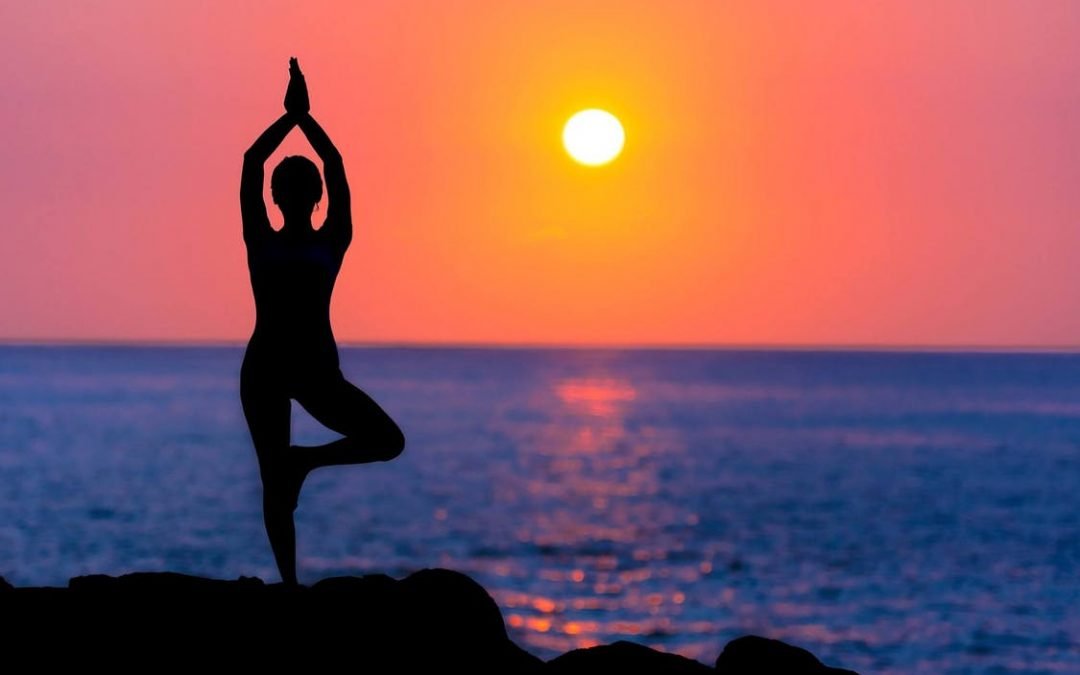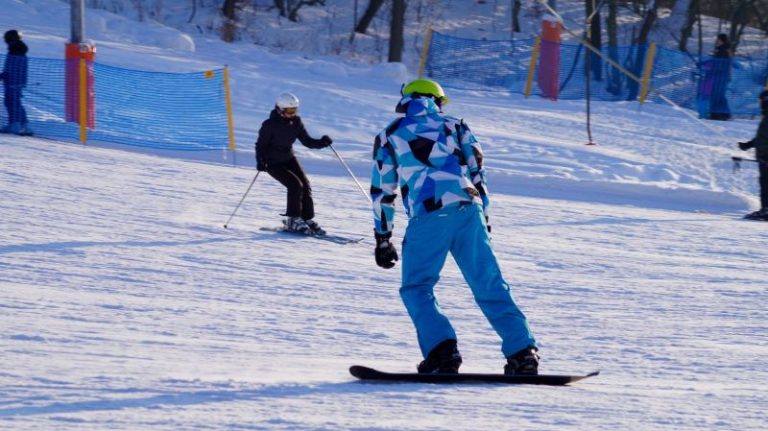Swimmer’s Shoulder
With the May-long weekend marking the unofficial start of summer, and the weather quickly heating up, many people are hitting up the lake to take their swimming practices outdoors. Like any sport, aches and pains can occur in swimming, with shoulder pain being the most common complaint. The term swimmer’s shoulder is used to describe painful shoulder overuse conditions that occur in the sport.
The shoulder is a ball-and-socket type of joint, which allows for a large amount of motion. This excessive mobility is balanced by surrounding tissues to make it more stable. Included in the structures that help stabilize the shoulder is a fibrous capsule that surrounds the head of the humerus (the arm bone), as well as the rotator cuff. Four muscles make up the rotator cuff, and serve to keep the humerus properly placed in the joint. The bony structure that you can feel on the top of your shoulder is called the acromion, where impingement can occur.
Many movements occur at the shoulder during swimming, a lot of which is overhead. Different swimming strokes involve different patterns of motion, but all have some combination of rotation, circumduction and scapular movements. These positions can put the swimmer at risk of impingement, especially if the biomechanics are off.
Injuries to the shoulder complex from swimming are typically microtrauma: small injuries over time from the repetitive activity rather than a macrotrauma from a one-time incident. There are many factors that can contribute to injury, typically described as intrinsic and extrinsic.
Intrinsic factors can include the positioning of the joint itself; if the capsule surrounding the joint is tight at the back, it pushes the humerus forward, increasing the likelihood of impingement of the tissues under the acromion, and placing more stress on the tendons of surrounding muscles. Opposite of that would be if the joint is lax, which creates more demand on the rotator cuff muscles to provide stability. Another intrinsic factor is posture, with rounded shoulders and an increased forward bend in the upper back being common amongst swimmers. This lengthens and weakens muscles that stabilize the scapulae, can contribute to a tight posterior capsule in the shoulder, and decreased mobility in the spine.
Extrinsic factors are related to the use of your shoulder: overuse (your training schedule), misuse (swimming form), abuse (too strong of demand placed on your shoulder), and disuse (time off from training).
To maximize your season, it is worthwhile to assess your shoulder mechanics, preferably before injury occurs to be preventative. Any impairments should be addressed, which can include mobilizing stiff or tight structures, strengthening the rotator cuff and other supporting musculature, and improving technique. Be cautious of overtraining – don’t increase your distance, intensity or frequency of training too quickly. Give yourself adequate time to make strength and endurance gains, as well as time to recover.
Consulting your physiotherapists to address shoulder and posture impairments, and a coach to look at your form, can help keep you swimming strong this summer.


